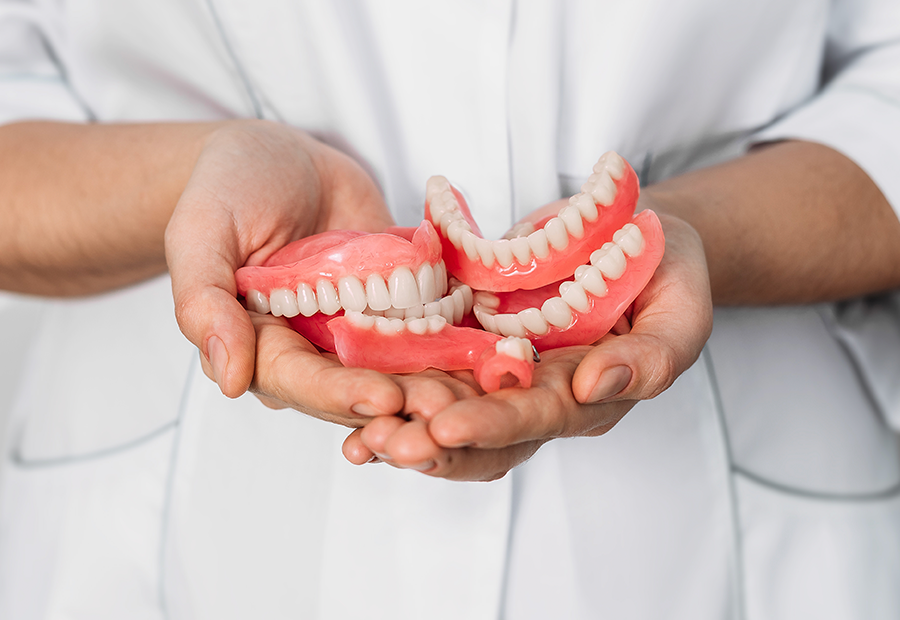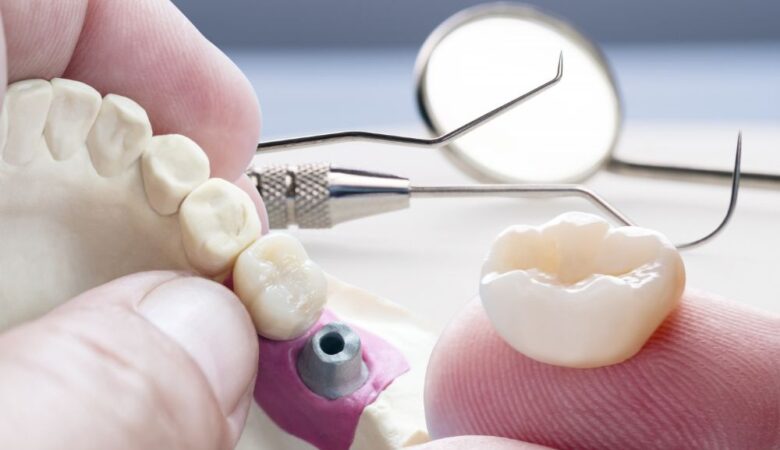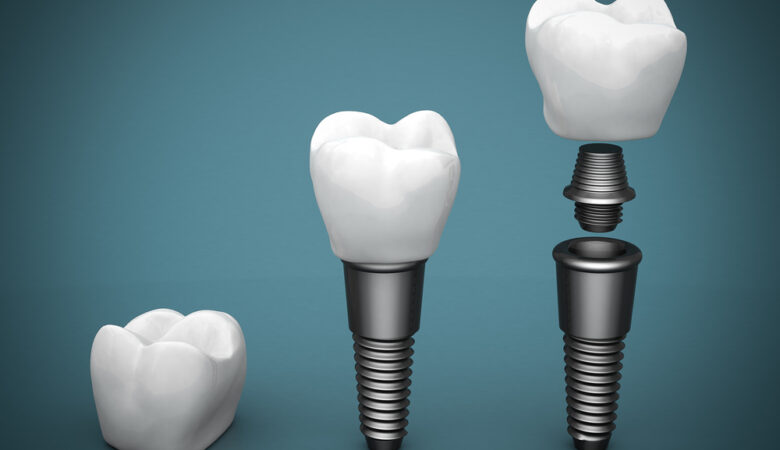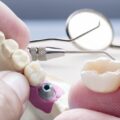You have probably thought about the exact course of the treatment. In the following article we will cover the topic in detail to answer all your questions!
Preparation
Inserting the implant is a procedure that requires very precise preparation. In the first consultation, a thorough anamnesis is carried out – an inventory of your previous illnesses and previous surgical procedures.
Based on the CT scan, the implantologist will inform you about the treatment options, create a treatment and cost plan for you and answer any questions. Only when you are sufficiently informed and the offer meets your expectations will an appointment for the first procedure be made.
Treatment
The number of procedures required depends on the number of teeth to be replaced, bone status, and other conditions. After you accept the treatment plan, your teeth will first be restored. Decayed teeth are filled and, if necessary, root canals are performed. It is also necessary to treat gum disease and remove unsalvageable or inflamed teeth.
Depending on the extent of treatment and the condition of the gums, your implantologist will decide whether the implantation can take place immediately after tooth extraction or whether you have to wait a few weeks for healing. The latter is usually recommended when removing an infected tooth.
If the cases mentioned above do not apply, ideally only oral hygiene treatment, i.e. tartar removal, is required.
The implant is inserted under local anesthesia or, if desired, in twilight sleep. Your doctor will make a small incision in the gum and insert the appropriately sized implant screw into the drilled bone, close it with another screw and finally sew the gum with a few stitches.
This procedure is completely painless due to local anesthesia. Inserting the implant itself takes no longer than 1-2 hours, but of course depends on the number of implants inserted.
The description of implantation may sound daunting at first, but after the procedure, you will realize that the procedure is comparable to a tooth extraction. If the treatment was carried out under local anesthesia, you can drive home alone.
If the treatment was carried out in twilight sleep, you will definitely need an adult accompanying you, as you are not allowed to drive a car under any circumstances.
After the implantation, you will need to take medication for a few days. You may experience pain or swelling in your face, but this will go away relatively quickly with the medication you are given. It is recommended to take the painkiller when necessary, but not to exceed the maximum daily dose! You should take the antibiotic as directed by your doctor, usually for 4 to 7 days.
If your face swells a lot in the first few days, you can treat it with ice gel suitable for this purpose. An elevated pillow is also recommended for sleeping at night. When using ice gel, be careful to avoid frostbite from direct contact with the skin and always use a towel to protect your skin. The use of ice gel is permitted for a maximum of one to two minutes, after which a minimum break of 10 minutes must be observed to avoid skin damage.











